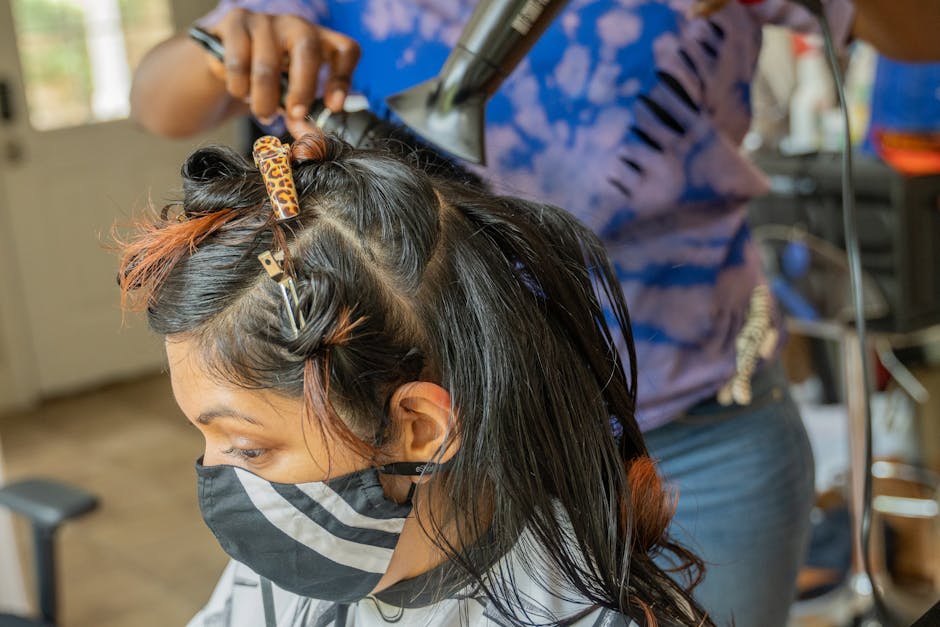Historical Overview of Haircare Practices
Historical Overview of Haircare Practices
Blog Article

Haircare has always been a vital aspect of personal grooming and self-expression, with practices evolving significantly over time. As we explore the journey of haircare, it becomes evident how cultural influences, advancements in technology, and a growing emphasis on sustainability have shaped what we see today. This comprehensive overview will delve into the historical practices of haircare, the impact of modern technology on product development, and the rise of sustainable and natural haircare trends.
Historical Overview of Haircare Practices
Historically, haircare practices varied widely across different cultures and time periods. Ancient civilizations placed great importance on hair, often using natural ingredients like oils, herbs, and flowers to maintain its health and appearance. For example, in ancient Egypt, people used olive oil and essential oils to moisturize their hair, while the Greeks favored honey and vinegar rinses to enhance shine.
Throughout history, hair has often been associated with social status and personal identity. In many cultures, elaborate hairstyles were a reflection of wealth or social standing, leading to the development of various grooming techniques. In the Middle Ages, for instance, women often wore their hair long and styled it in intricate braids, while men favored shorter cuts that symbolized masculinity.
As we transitioned into the 20th century, haircare began to see a significant transformation with the introduction of commercial products. The invention of shampoos, conditioners, and styling products marked a shift towards more standardized haircare routines. These products offered convenience and accessibility, allowing individuals to maintain their hair with ease.
Impact of Technology on Haircare Products
With the advent of technology, the haircare industry has undergone remarkable changes, leading to the emergence of innovative products designed to meet specific hair needs. Advancements in formulation science have allowed for the development of specialized shampoos and conditioners that address various hair types and concerns, from dryness to damage.
For instance, modern hairdryers have evolved significantly, incorporating features that enhance efficiency and hair health. Products like the Laifen Swift High-Speed Hair Dryer exemplify how technology has improved hair drying processes, reducing heat exposure while delivering quick results. The use of ionic technology helps to minimize frizz and static, contributing to healthier-looking hair.
Moreover, the introduction of smart devices in haircare, such as temperature-controlled styling tools and apps that analyze hair needs, has provided consumers with tailored solutions. These advancements have empowered individuals to take control of their haircare routines, leading to informed choices about products and techniques.
Sustainable and Natural Haircare Trends
In recent times, there has been a noticeable shift towards sustainability and natural ingredients in haircare. Consumers are increasingly aware of the environmental impact of their choices, leading to a demand for products that prioritize eco-friendliness and reduce waste. Brands are responding by developing biodegradable packaging, refillable containers, and using sustainably sourced ingredients.
Natural haircare trends emphasize the use of botanical extracts, oils, and organic compounds, appealing to those seeking cleaner, chemical-free alternatives. This movement not only aligns with consumer preferences for safer products but also reflects a broader awareness of health and wellness. Many individuals are opting for DIY haircare solutions, using kitchen ingredients like avocado, coconut oil, and honey to nourish their hair naturally.
the evolution of haircare trends towards sustainability is not just a passing phase; it represents a fundamental shift in consumer values. As awareness of environmental issues continues to grow, it is likely that the haircare industry will adapt, embracing innovation while prioritizing the health of both consumers and the planet.
Conclusion
Understanding the evolution of haircare trends offers valuable insights into how personal grooming practices have changed over time. From ancient rituals to modern technological innovations, and now the rise of sustainable practices, the journey of haircare reflects broader societal shifts and consumer preferences. As we look to the future, it is clear that the haircare evolution trends will continue to shape the way individuals care for their hair, balancing tradition with innovation and responsibility.
Report this page